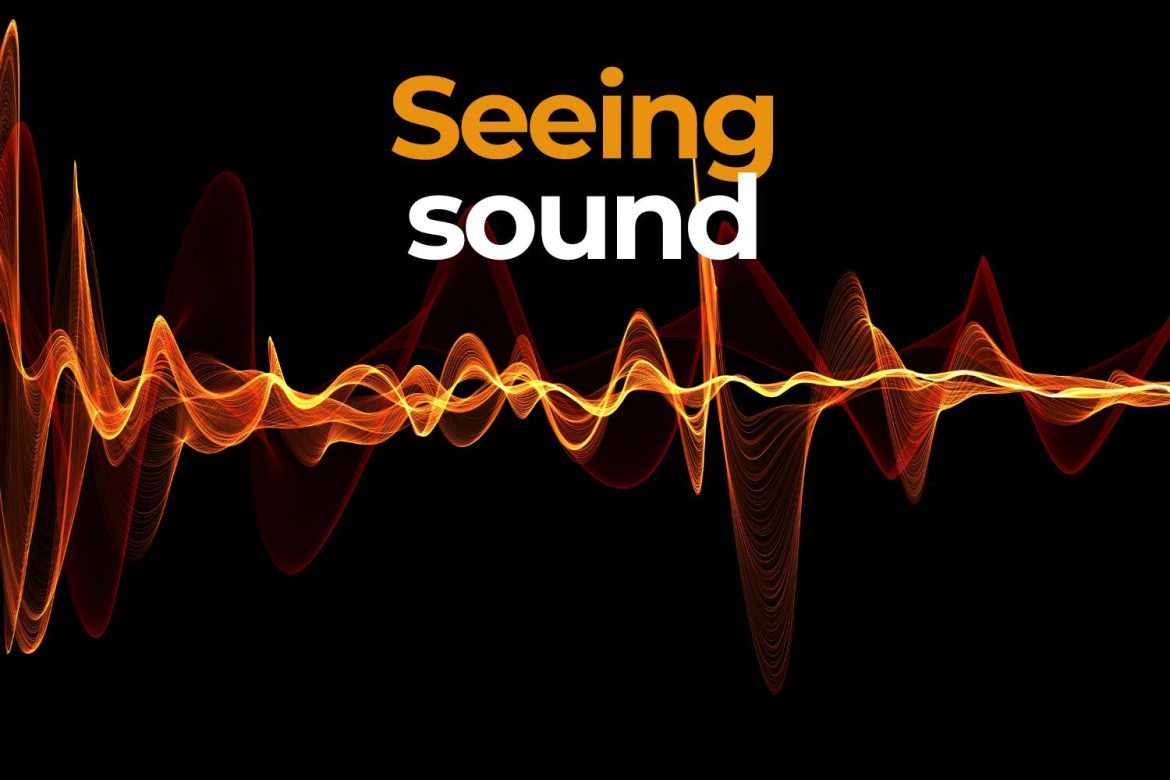1375 total views , 10 views today
Imagine being able to hear your favorite song and, at the same time, see a range of vibrant colors. Or imagine you could taste a word as if it were a flavor on your tongue. This fascinating phenomenon is not a product of science fiction but a real—and fairly common—neurological condition known as synesthesia.
In this post, we will explore the intricacies of synesthesia, its symptoms, causes, and answer the intriguing question: can we really see sounds?
Understanding synesthesia
Synesthesia, derived from the Greek words “syn” (together) and “aisthēsis” (perception), is a neurological condition where stimulation of one sensory or cognitive pathway leads to involuntary experiences in a second sensory or cognitive pathway. In simpler terms, someone with synesthesia may perceive colors when they hear music, associate tastes with certain words, or see shapes when they touch objects.
This blending of sensory experiences challenges the traditional understanding of how our senses operate independently. Imagine hearing a musical note and simultaneously perceiving a burst of color or a swirling pattern. While people experiencing synesthesia may not literally “see” sounds in the same way they see objects with their eyes, the blending of senses they experience is genuine and consistent.
What causes synesthesia?
While it’s rare to hear anyone talk about synesthesia, the condition itself affects more people than you might think. Present in an estimated 4% of the population, the condition often emerges in childhood and persists throughout life. Those with synesthesia, commonly referred to as synesthetes, report these sensations to be incredibly vivid and consistent throughout their lives.
The experiences of those with synesthesia vary widely and include a range of different combinations of senses. Grapheme-color synesthesia is the most common type and involves associating letters or numbers with specific colors. For example, someone with this type of synesthesia might see the letter “A” as red or the number “7” as green. On the other hand, auditory-visual synesthesia results in seeing shapes, colors, or textures in response to specific sounds.
Other forms of synesthesia include:
- Chromesthesia, or associating sounds with colors. For example, hearing a specific musical note might evoke the perception of the color blue.
- Lexical-gustatory synesthesia, or experiencing tastes or flavors in response to hearing or reading words. For example, the word “picture” might trigger the taste of coffee.
- Spatial sequence synesthesia, or visualizing numerical sequences or time units in specific arrangements, such as seeing months arranged in a circle or numbers positioned in a certain pattern.
Exploring the underlying causes of the condition
Although the exact cause of synesthesia has yet to be determined, several theories have been proposed. One prominent theory suggests that synesthesia stems from an abnormal cross-activation between the regions of the brain that are responsible for processing different sensory cues.
As part of normal function, these specific regions of the brain typically maintain clear and distinct boundaries, but in synesthetes, there may be increased connectivity or “crosstalk” between them.
Another theory proposes that synesthesia may be the result of abnormal neural changes that occur during the development process. These changes are thought to lead to connections between sensory areas of the brain that are typically separated in infancy.
Can we really see sounds?
The question of whether synesthetes can truly “see” sounds is complex and often subjective. While synesthetic experiences are undoubtedly real and consistent for individuals with this condition, they also tend to be unique to the perception of the person who is experiencing them.
Synesthetes often describe their experiences as vivid, involuntary, and similar to actually perceiving the additional sensation. However, to date, these perceptions have proven very difficult for the medical community to observe, verify, or explain.
So, to answer the question, while the brain activity associated with synesthesia is real and measurable, the subjective nature of sensory experiences has made it challenging to determine whether synesthetes actually “see” sounds or if they simply perceive them in a unique and highly individualized manner.
Applications of synesthesia in art and science
On a related note, synesthesia has captivated artists, musicians, and scientists and has led to many creative explorations of the relationship between sound and color. Many artists with synesthesia have drawn upon these unique perceptual experiences to create visually stunning works that capture the essence of music and sound. Similarly, researchers have begun to harness the insights gained from studying synesthesia to develop new and innovative technologies and therapies.
For example, advances in virtual reality and augmented reality have opened up new possibilities for simulating synesthetic experiences and exploring the boundaries of perception. By creating these immersive environments where sound and color intertwine, scientists are working to gain a deeper understanding of synesthesia and its underlying causes.
Synesthesia offers a fascinating window into the complex workings of the human brain and the extraordinary diversity of human perception. While the subjective experiences of those living with this neurological condition may never fully be understood, ongoing research continues to unravel the underlying causes of this phenomenon. Whether we can truly “see” sounds remains a mystery that requires additional study and a deeper understanding of both our senses and consciousness.


